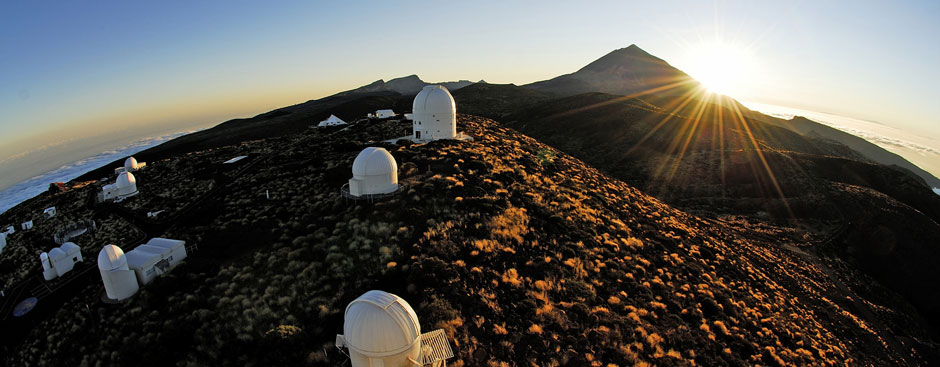The RADES (Relic Axion Detector Experimental Setup) collaboration is dedicated to the search for axions, hypothetical particles that are compelling dark matter candidates and a natural solution to the strong CP problem in QCD. Our approach focuses on haloscope detectors, a well-established technique that exploits the axion-photon conversion in strong magnetic fields and resonant cavities. Over...
Axion-like particles (ALPs) are promising candidates for new physics beyond the Standard Model, motivated by their potential to resolve one of the greatest mysteries of the Universe: Dark Matter (DM). Their ability to oscillate into photons in the presence of an external magnetic field, leads to expected signatures imposed on the observed photon spectra of astrophysical sources. In gamma-ray...
"The QCD axion is a well-motivated hypothetical particle that simultaneously addresses the strong CP problem and
constitutes a compelling cold dark matter candidate. The MADMAX experiment (Magnetized Disk and Mirror Axion
Experiment) is designed to search for axions in the mass range around 100 μeV by boosting the microwave radiation in induced by the inverse Primakoff effect in a dielectric...
Even before Wilczek and Weinberg proposed the quantum chromodynamic (QCD) axion as a new light boson beyond the standard model, Sato and Sato used astrophysical considerations to suggest that such a particle cannot have rest-mass energy around 0.5 eV. A decade later, Turner and Raffelt used the observation of the neutrino pulse from supernova 1987A to come to the same conclusion. But a decade...
A new window to the universe was opened up with the detection of gravitational waves. While observations have been made at frequencies around hundreds of herz, and evidence was found at nHz frequencies, the high frequency region is still unexplored experimentally. To change this the GravNet initiative was founded with the aim to setup a global network of high frequency gravitational wave...

